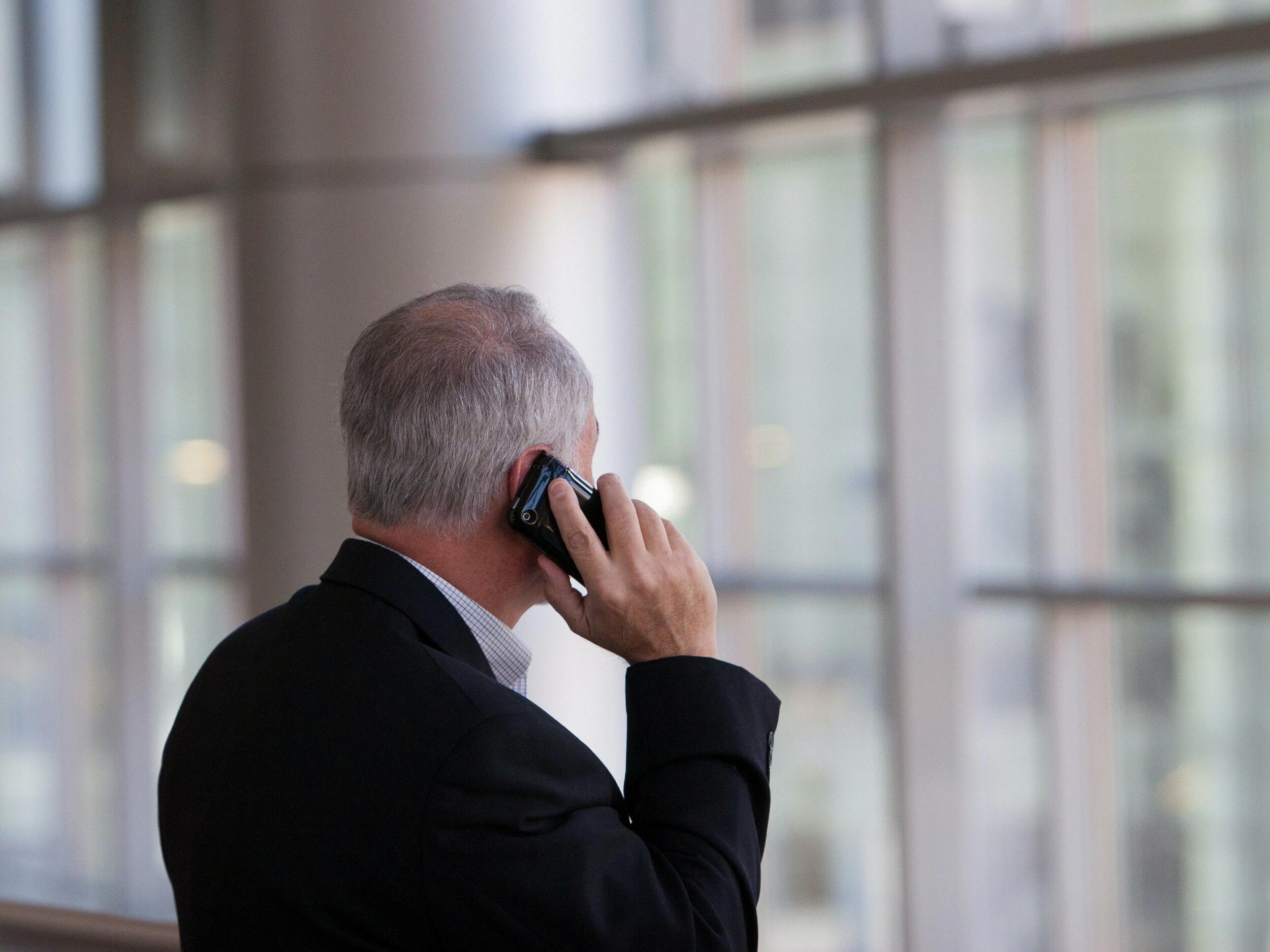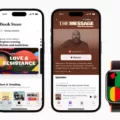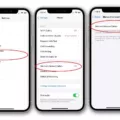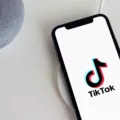A restricted call refers to a situation when someone intentionally hides their phone number during a call, making it difficult for the recipient to identify the caller. This is commonly seen on cell phones, where the incoming call is displayed as “Restricted” or “Unavailable.” The purpose of making a restricted call is to maintain anonymity and prevent the recipient from tracing or identifying the caller.
When a restricted call comes in, the recipient is unable to see the actual phone number of the caller on their caller ID. Instead, they are presented with a generic label indicating that the call is restricted. This means that until the call is answered, the recipient will not know who is trying to contact them.
There are a few ways to handle a restricted call. One option is to answer the call and find out who is on the other end. However, this may not always be the best approach, especially if the caller has malicious intentions or if you simply prefer not to engage with unknown callers.
Another option is to let the call go to voicemail and see if the caller leaves a message. This can provide some insight into the purpose of the call and help you decide if it’s worth returning or blocking the number.
If you frequently receive unwanted restricted calls, blocking the number is a recommended solution. By blocking the restricted number, you ensure that calls from that specific number will no longer be able to reach you. This can be done on both Android and iPhone devices by accessing the call settings and adding the number to the block list.
It’s important to note that attempting to trace a restricted call can be challenging. While some phone companies offer services to trace calls, these results are typically only provided to legal authorities or courts. Initiating a trace by dialing *57 after hanging up on the restricted call is a common method, but it may incur charges and the results are not directly accessible to the recipient.
A restricted call is when someone intentionally hides their phone number during a call to maintain anonymity. It can be challenging to identify the caller, and the best course of action is to either answer the call, let it go to voicemail, or block the number if unwanted calls persist.
What Does It Mean When a Restricted Number Calls You?
When you receive a call from a restricted number, it means that the caller has intentionally blocked their number from being displayed on your phone. This is often done when someone wants to maintain their privacy or anonymity and does not want their number to be traced or identified.
Here are some key points to understand about restricted calls:
1. Caller ID: When a restricted call comes in, your phone will typically display a message such as “Restricted” or “Private Number” instead of showing the actual phone number of the caller.
2. Caller’s Intention: The purpose of making a call from a restricted number is to prevent the recipient from knowing the caller’s identity or contact information. This could be due to various reasons, such as personal privacy concerns, avoiding unwanted calls back, or conducting anonymous activities.
3. Tracing the Number: It can be challenging to trace the actual number of a restricted call. Phone companies and service providers usually do not disclose this information unless it is requested by law enforcement agencies or under specific legal circumstances.
4. Blocking the Number: If you receive frequent unwanted calls from restricted numbers, you can take steps to block them. Both Android and iPhone devices offer options to block restricted calls or calls from unknown numbers. By blocking the number, you can avoid receiving future calls from that particular restricted number.
When you receive a call from a restricted number, it means that the caller intentionally blocked their number from being displayed on your phone. This is done to maintain the caller’s privacy or anonymity. It is difficult to trace the actual number of a restricted call, but you can block the number to prevent further calls from that particular restricted number.

What Happens If You Answer a Restricted Call?
When you answer a restricted call, it means that the caller has blocked or restricted their number from being displayed on your caller ID. Here’s what can happen if you choose to answer a restricted call:
1. Unknown caller: Since the caller’s number is hidden, you won’t know who is calling until you answer the call.
2. Unwanted or spam calls: Restricted calls are often used by telemarketers, scammers, or individuals who don’t want their identity revealed. So, answering a restricted call may result in receiving unwanted or spam calls.
3. Privacy concerns: By answering a restricted call, you may unknowingly provide your personal information or engage in a conversation that compromises your privacy. It’s always important to be cautious when dealing with unknown callers.
4. Legitimate calls: While many restricted calls are from unwanted sources, some legitimate calls, such as from certain businesses or government agencies, may also have restricted numbers. By answering, you may be able to identify the caller and proceed accordingly.
It’s important to note that some phones or service providers may have features to help identify restricted calls, such as displaying a message like “Restricted Number” or “Private Caller.” However, these features are not foolproof and may not always accurately identify the caller.
If you’re unsure about answering a restricted call, you can let it go to voicemail. If it’s an important call, the caller may leave a message, allowing you to decide whether or not to return the call.
How Do You Find Out Who Called From a Restricted Number?
To find out who called from a restricted number, you can initiate a trace through your phone company. Follow these steps:
1. Hang up the call: Once you receive a call from a restricted number, hang up the call without engaging in conversation or providing any personal information.
2. Dial *57: After hanging up, immediately dial *57 on your phone. This code is used to initiate a trace on the restricted number that called you. Keep in mind that your phone company may charge you for each trace initiated.
3. Contact your phone company: After dialing *57, contact your phone company’s customer service or support line. Inform them that you have initiated a trace and provide them with the date and time of the call.
4. Legal authorities and courts: The results of a phone trace are not directly provided to the individual who requested it. Instead, the results are typically sent to courts or legal authorities. If you have a legitimate reason for tracing the call, such as harassment or threats, you may need to involve law enforcement or legal professionals who can request the results on your behalf.
5. Cooperation with authorities: If law enforcement or legal authorities are involved, cooperate fully with their investigation. Provide them with any relevant information and follow their guidance throughout the process.
Please note that initiating a phone trace may not always yield results, especially if the caller has used advanced techniques to hide their identity. Additionally, phone companies have different policies and procedures regarding call traces, so it is advisable to contact your specific phone service provider for accurate information.
Are Restricted Calls Blocked?
Restricted calls are often blocked. When you see a “restricted” or “unavailable” message when calling a number, it typically means that the person you are trying to reach has blocked your number. This is the most common reason for receiving such a message. The individual may have intentionally blocked your number to prevent any further contact or to maintain their privacy.
There could be various reasons why someone might choose to block a particular number. It could be due to unwanted or harassing calls, telemarketing attempts, or simply to avoid communication with a specific person. By blocking a number, the person ensures that calls from that number will not go through, and they won’t receive any notifications or indications of the blocked call.
It’s important to note that while restricted calls are often blocked, there can be other reasons for receiving such a message. It’s possible that the caller’s number is not visible due to technical issues with the phone or network, or the caller may have intentionally chosen to hide their number by enabling a feature called “Caller ID blocking.” In this case, the recipient of the call may see a “restricted” or “unavailable” message instead of the caller’s number.
Receiving a “restricted” or “unavailable” message when calling a number typically indicates that the person you are trying to reach has blocked your number. However, there can be other reasons for such a message, including technical issues or the caller intentionally hiding their number.
Conclusion
A restricted call refers to a situation where someone intentionally blocks or restricts their phone number from being displayed on the recipient’s caller ID. This means that the person receiving the call will not be able to see the actual number of the caller unless they answer the call. The caller may choose to block their number for various reasons, such as maintaining their privacy or avoiding being traced.
When a restricted call comes in, it can be difficult to determine the actual number calling, as it is intentionally hidden. However, there are a few options for handling restricted calls. The recipient can choose to answer the call and find out who is calling, or they can let the call go to voicemail and see if the caller leaves a message. If the recipient wants to block future calls from the same restricted number, they can utilize the call blocking feature on their phone.
It is important to note that if someone is persistently receiving unwanted or harassing restricted calls, they can take additional steps to trace the calls. By hanging up and dialing *57, the recipient can initiate a trace on the call. However, it is essential to keep in mind that the phone company may charge for each trace, and the results are typically only provided to courts or legal authorities.
In some cases, when making a call, a person may also encounter a “restricted” or “unavailable” message. This typically occurs when the person being called has blocked the caller’s number. It is the most common reason why a call would be labeled as restricted or unavailable.
Dealing with restricted calls can be frustrating, as it limits the ability to identify the caller. However, with the various options available, such as call blocking and call tracing, individuals can take steps to manage and address these types of calls.













